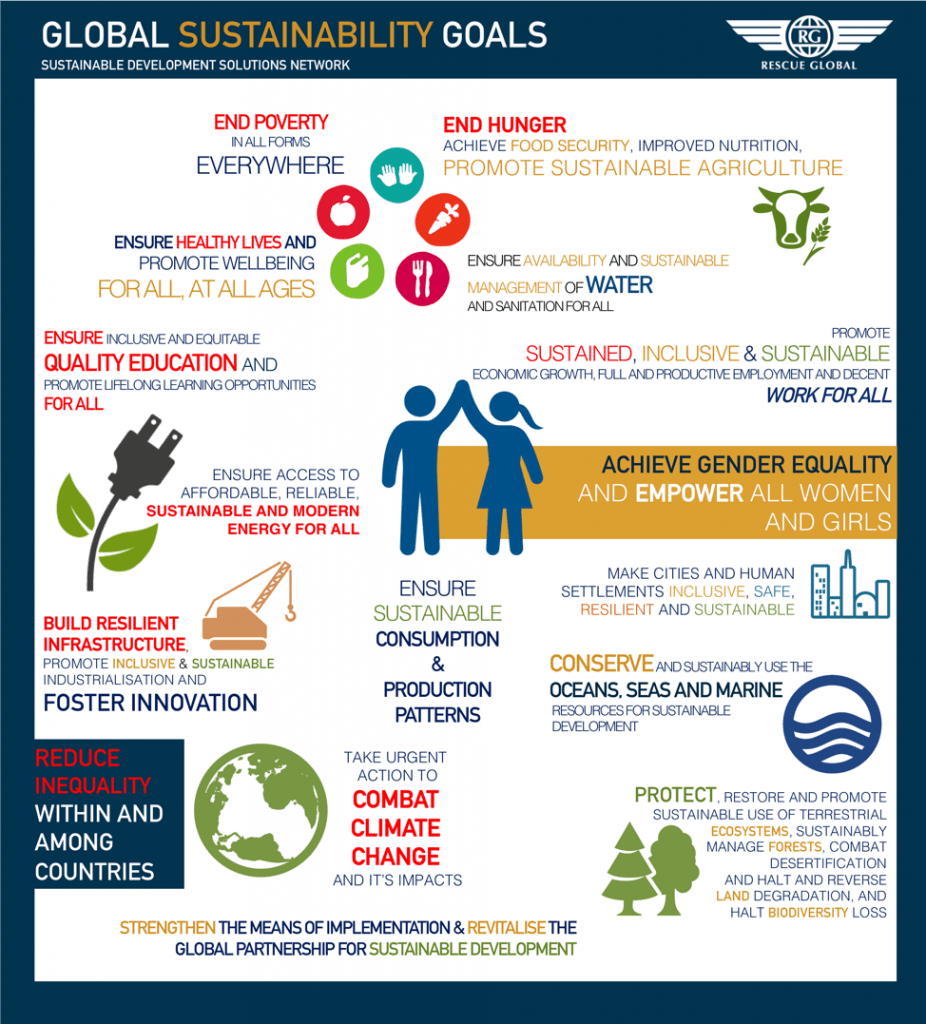In school I learn without very much self-reflection and introspection. In this class, contemplative practices have challenged me to consider myself in what I am learning, and to make greater connections past what could be just taken at face-value. I always thought growing up meant becoming more independent. An outcome of this for me has been that I have developed a fear of connectivity. I took independence so literally that dependency felt like weakness. Throughout all of the contemplative practices and the lessons in this class, something has become very clear to me. There is no such thing as independence in a world like ours. From the interdependence in each of our bodies, to the interdependence of the earth system, the soil, food systems, supply chain system, and really the interdependence between all systems. The move towards interdependent thinking rather than independent thinking has given me more meaning to my own body, and my body’s connection to this earth and everything in it. The connection between the food I eat, the store I got it in, where the store got it from, how it was transported, who transported it, who processed it, who picked it, where it grew, where the seeds came from, inequalities along the way, laws associated with property rights, workers’ rights, trade, and the implications and impacts of all of this on our world and the people in it. Through the contemplative practices I have begun to embrace that there is connection and interdependence everywhere I look. The earth is a system, which is why we must begin to think more holistically, more connectively, and garner the willingness to change. The earth is a complex system, constantly undergoing adaptive cycles. Our bodies come from earth, belong to the earth, and will go back to the earth. The earth sustains us, we must adapt to it rather than make it adapt to us because in the end, we need the earth but it does not need us.









